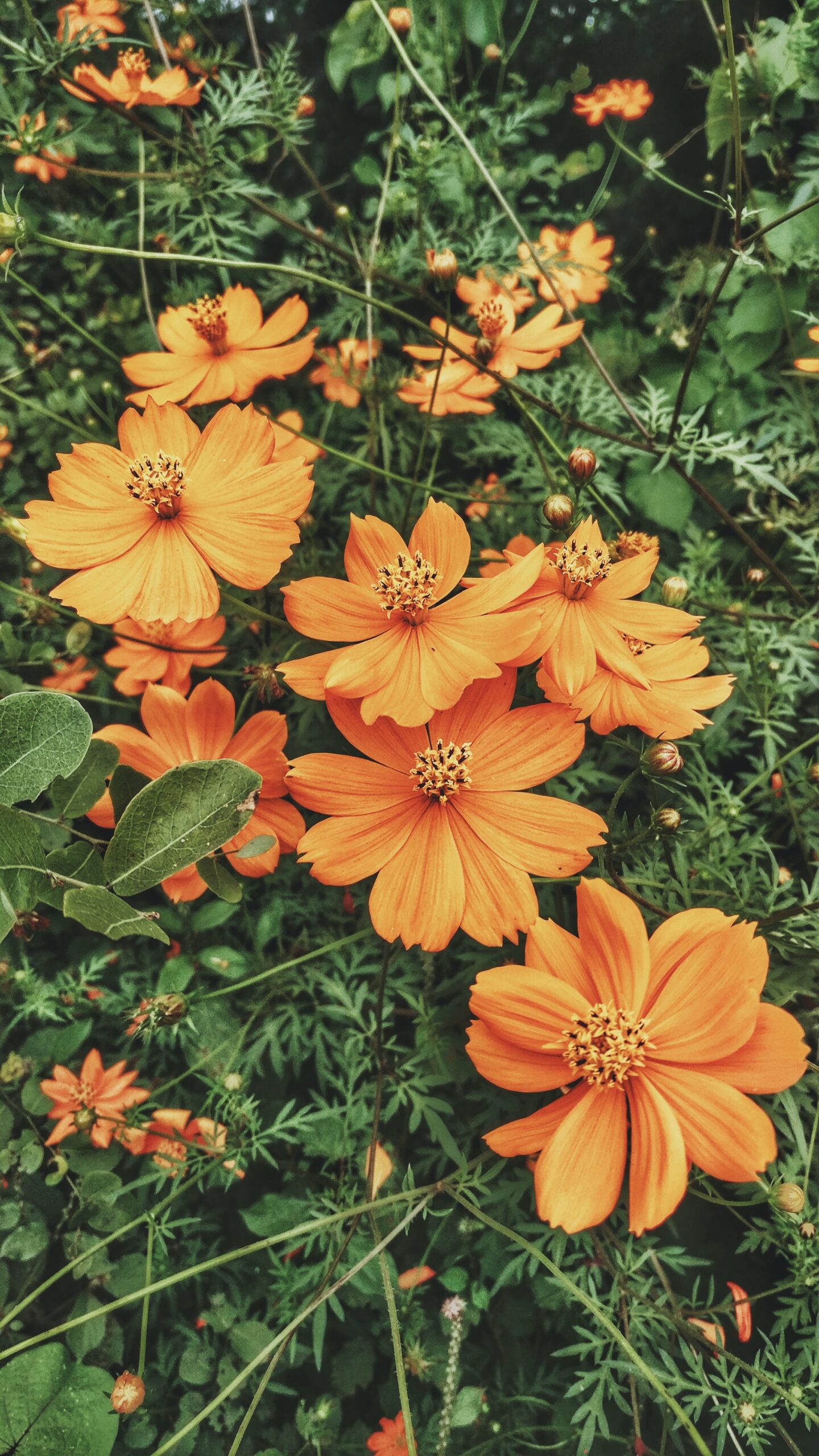The surest way to attract birds to your garden is to feed them. Seed-loving birds can easily be enticed to visit by ensuring a supply of their favorite foods. And while bird feeders are nice, birds do love to forage. This is why incorporating some seed-producing plants in your landscaping is a great way to increase the frequency of feathered visitors to your property. Below you will find several easy-to-grow plants that produce seeds birds love to munch on.
Black Eyed Susan
An eastern US native, the black-eyed Susan is named for its dark-brown center, ringed by petals of golden yellow. Easy to cultivate and attractive in the garden, black-eyed Susan is also a hit amongst the wildlife. Especially popular amongst goldfinches, black-eyed Susan seeds are nutritious, and the flower stalks last for a long time, often staying even through snow, providing valuable winter forage for birds. As a bonus, pollinators love these flowers as well, making them a delight all season long.
Sedum
Sedums are easy to grow, spread to fill in a space, and are available in a wide array of textures, heights, and colors. Sedums are very popular with pollinators when they start to bloom mid-summer and adored by birds when they go to seed in fall. Sedum flower stalks left through winter provide visual interest when the garden is mostly barren. They also provide a place for hungry birds to find nutrient-rich seeds.
Coneflower
Although coneflowers are available in a variety of colors, the traditional purple coneflower tends to be the best seed producer of the lot. Usually flowering from mid-summer until late August, purple coneflowers are a perennial treat native to the eastern US. Spent coneflower heads will remain through the fall and well into the winter months, so leave them in place for birds like finches, cardinals, and jays to find during the lean times of the year.
Sunflower
Annual sunflowers are an easy-to-grow garden staple. Pop in some seeds when the snow melts and be amazed at these towering beauties that seem to grow before your very eyes. And as a bonus, they produce enough delicious oil-rich seeds to make a snack for you and still leave some for the birds. Once the petals drop, simply chop heads off and hang them for the birds to enjoy. Or, if you prefer, leave the heads in place, and the birds will find the seeds eventually. It probably won’t take long, either; sunflower seeds are a crowd favorite of many feathered friends.
Cosmos
Cosmos are low maintenance and available in a wide range of color hues. You can also choose from a variety of heights, from knee-high variations to some taller than you. Consider planting a mixed pack of cosmos seeds in spring to fill a space with interest from bottom to top. Sparrows, finches, and more will enjoy the seeds the cosmos produce as the heads finish blooming.
Zinnia
Zinnias are available in an amazing variety of colors to suit any color scheme. Tidy zinnia annuals are versatile, with varieties suited for many purposes. Zinnias are perfect for containers or garden beds as long as they are planted where they will receive plenty of sunlight. Each zinnia flowerhead contains many seeds, providing a feast for tiny birds like finches and sparrows.
Incorporating one or more of the flower varieties above in your landscaping will ensure feathered visitors to your yard, even if you don’t have a feeder set up. As an additional benefit, all of these flowers are also known to attract pollinators. Birds, bees, butterflies, and more will soon provide a great deal of visual interest to your yard.
*Photo by Harshal S. Hirve on Unsplash
